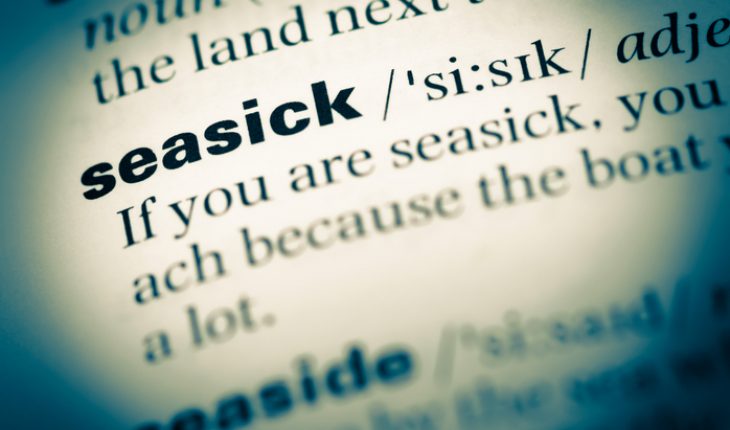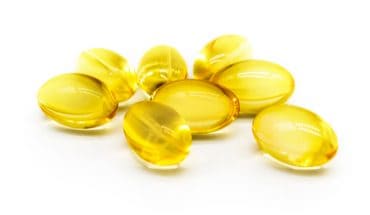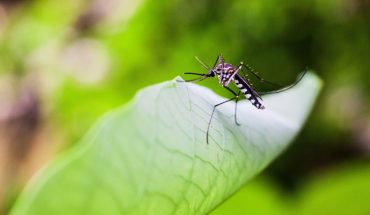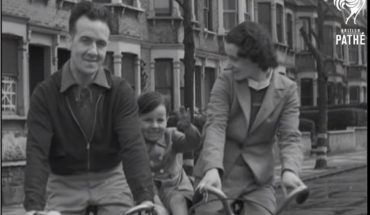Seasickness is an occupational hazard when you are taking to the wave-swept ocean in a seven-metre long rowing boat. That’s exactly what Jack Faulkner and I are planning to do in the next few weeks, crossing the Indian ocean in about three months from Western Australia to Mauritius. Our Doctors Adrift adventure will hopefully raise £100,000 for Medicins Sans Frontieres.
Around two thirds of people are susceptible to sea sickness, which occurs because there is a mismatch between the perceived movement and our body’s sense of actual movement. Motion is sensed by the brain via three different pathways – the eyes, the inner ear and deeper tissues on the body’s surface known as proprioceptors.
Jack and I are both expecting to feel a bit green around the gills for the first few days of our trip.
Jack and I are both expecting to feel a bit free around the gills for the first few days of our trip.
Hopefully, like 90 per cent of people, the unpleasant sense of nausea and vertigo will gradually lift, and we’ll get used to the constant motion of the sea. The brain does begin to recompute and make sense of the conflicting data after two or three days.
Simple things can help. Closing ones eyes during a nap temporarily resolves the input conflict between the eyes and the inner ear. Chewing gum also seems to relieve symptoms of motion sickness in some people. Ginger root is a traditional remedy, but I don’t think we’ll be relying on that.
Since we are both medics, we will obviously be happy to take medicine in the meantime to help us through the adjustment. We will be taking anti-emetic (anti – sickness) patches which last three to four hours. Histamine receptors in the body effect feelings of nausea and vomiting so histamine blockers can help to reduce these symptoms. Other effective compounds are acetylcholine and norepinephrine. Levels of these neurotransmitters seem to go out of balance during motion sickness.
If we get really bad and we can’t keep anything down due to sickness, we also have fast-acting injections which have a more powerful effect. The swell in the Indian Ocean can top 50 feet, so it is likely we will have moments when we just want to curl into a ball and dream of dry land.
The swell in the Indian ocean can top 50 feet
Ironically, at the end of our voyage, when we step back onto land for the first time in three months, we’ll probably get sick all over again, this time ‘lack of motion’ sickness. The brain has recomputed to treat constant motion as ‘normal’ so has to reboot itself again to get used to staying still. The process can take hours, or days. One trick is to gaze towards the horizon in the direction of travel while walking. This allows the brain to triangulate visual cues with what movement is really happening.
View our Progress
3,600 miles between Geraldton to Mauritius over 3 months
- Doctors Adrift are world record holders! - 16th March 2017
- Doctors adrift with seasickness - 13th March 2017
- Barnacles and sharks - 26th February 2017






